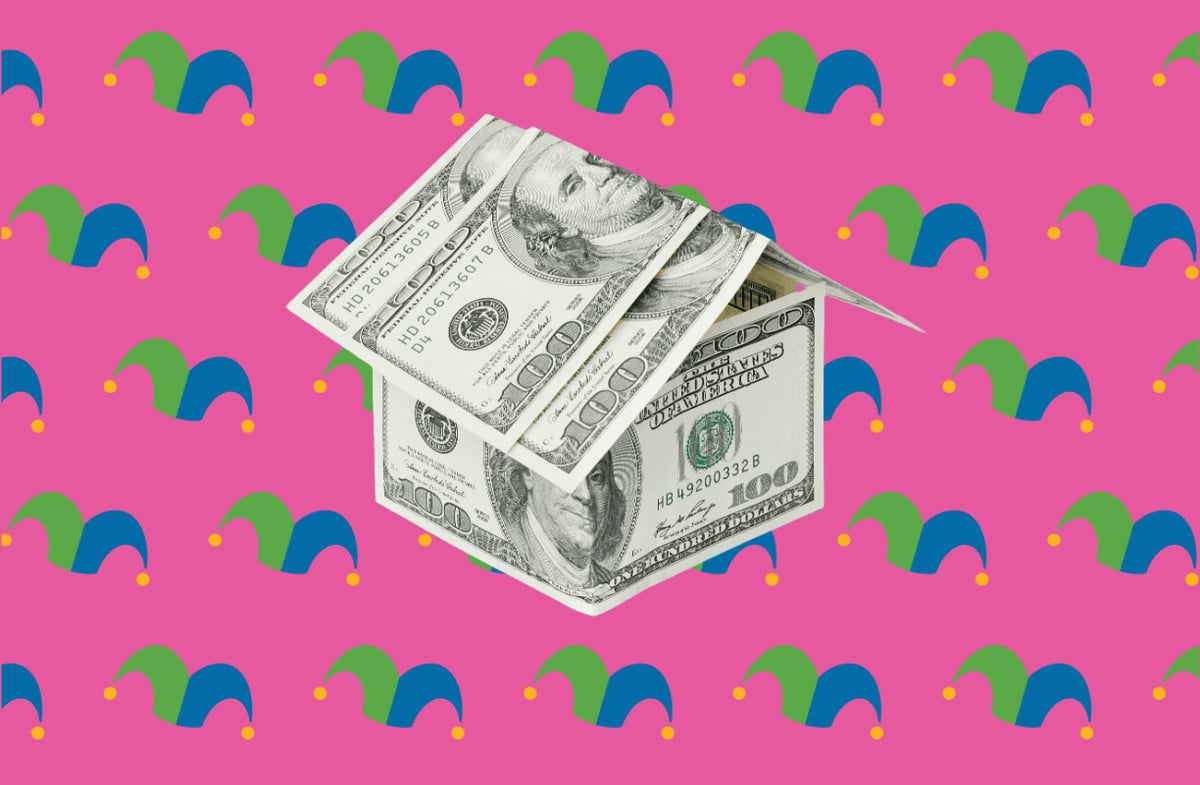Don't Miss Out: Is Now the Time to Refinance Your Mortgage?
With interest rates dropping, even a small rate decrease can save you money. See how to calculate your break-even point and weigh the benefits before refinancing.

If you own a home, you might be wondering if now is the time to refinance your mortgage to take advantage of dropping interest rates. But is it worth it? The average mortgage rate for most of this year was in the high 6% to 7% range, but it's now under 6.5% -- and if you have great credit, you may be quoted lower rates.
But before you sign on the dotted line, there are a few things to consider.
What is your current interest rate?
The Federal Reserve recently dropped its benchmark interest rate by half a percentage point. While the Fed doesn't set mortgage rates, this rate drop does influence them (along with a ton of other factors like inflation, loan term, and overall economic conditions).
But if the difference between your current mortgage rate and the refinance rate you qualify for is less than half a percentage point, refinancing might not be worth the effort.
For example, If you have a $240,000 30-year mortgage at 7.287%, your monthly payment is around $1,643 per month (with variances for insurance and property taxes, of course.) If you take out the same mortgage, with a 6.787% rate, your payment will be closer to $1,563, which is just an $80 difference. Consider whether it's worth the decrease in payment compared to the costs.
But the lowest mortgage rates as of this writing are 5.875%, so that same $240,000 mortgage will put your payments at $1,420, saving you almost $200 per month. Not too shabby.
Considering refinancing? Check out the best refinance lenders.
What is your credit score?
Just because the average mortgage rate is lower now doesn't mean you'll be approved for a mortgage at a lower rate. If your credit score is at least between 670 and 740, you're more likely to land competitive rates.
But if you've lost a few points or slid below the 620 credit score mark, you might not qualify for a lower interest rate loan. Before you weigh the pros and cons, make sure your credit score will get you there.
Calculate your break-even point
The break-even point refers to when the savings from the lower monthly mortgage payments offset the upfront costs of refinancing, such as closing fees. In other words, it's the point at which you start actually benefiting financially from the refinance.
To calculate your break-even point, you first need to figure out how much it will cost you to refinance. There are application fees, home appraisal fees, and origination fees. You'll also need to cover closing costs and title insurance. A good rule of thumb is to expect the refinance to cost between 2% and 5% of the loan amount.
So, math time! Let's say you took out a $240,000 mortgage two years ago at 7.287%, and you now owe $234,000. Your refinance costs are likely to be around 3.5% of the loan amount or $8,000. If you save $200 per month in mortgage costs by dropping your rate, it will take 40 months to break even, or 3.33 years. That is your break-even point.
If you aren't sure you'll be in your home for four or more years, then it's not worth it to refinance. But if it's your forever home, then it is likely worth the cost.
So, is now the time to refinance? It depends
If you bought a home at the height of mortgage rates in 2023, it may be worth it to refinance now. But first, figure out how long it will take you to break even. Also, keep in mind that mortgage rates may continue to drop, so it might make sense to wait a little longer before refinancing if your break-even point is more than three years.
If you do refinance, consider putting that extra cash you're saving into a brokerage account. Over time, investing a few hundred dollars a month can grow into a nice nest egg.
Alert: highest cash back card we've seen now has 0% intro APR into 2026
This credit card is not just good – it's so exceptional that our experts use it personally. It features a 0% intro APR for 15 months, a cash back rate of up to 5%, and all somehow for no annual fee!
Click here to read our full review for free and apply in just 2 minutes.
We're firm believers in the Golden Rule, which is why editorial opinions are ours alone and have not been previously reviewed, approved, or endorsed by included advertisers. The Ascent does not cover all offers on the market. Editorial content from The Ascent is separate from The Motley Fool editorial content and is created by a different analyst team.The Motley Fool has a disclosure policy.























